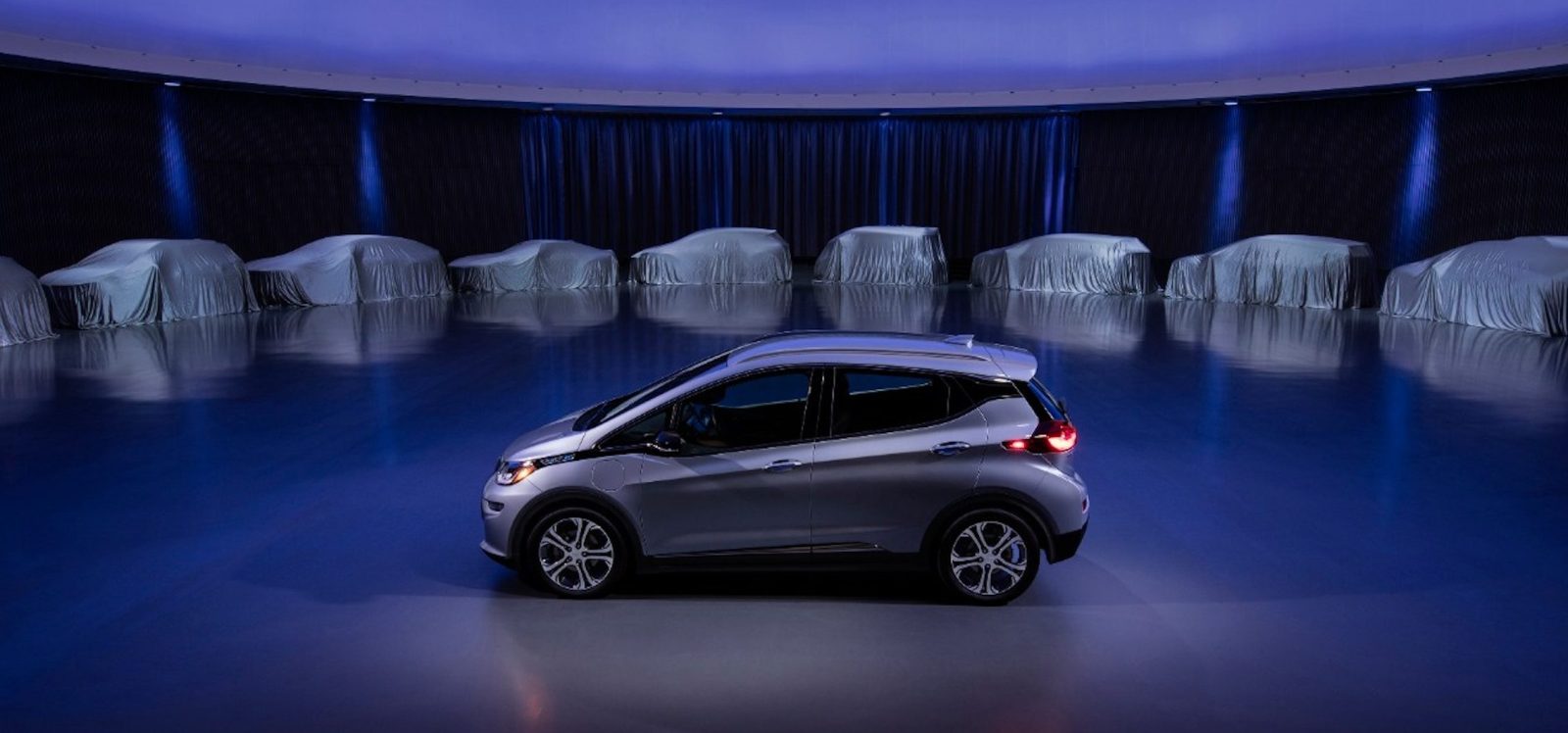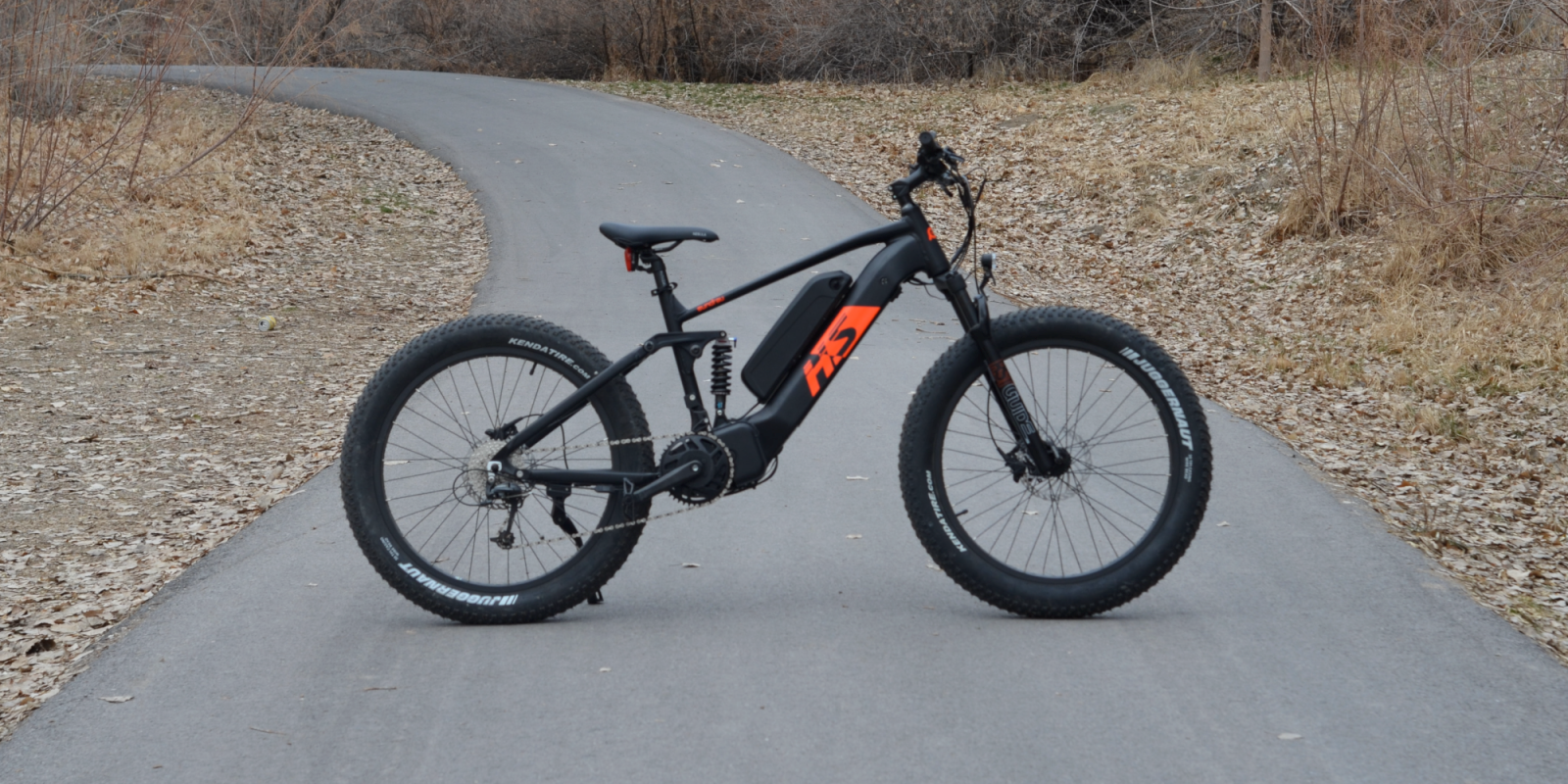Charged has been reporting on electric trucks for a decade, but the electrification of real-world fleets has been frustratingly slow, and several would-be e-truck builders have gone bust waiting for fleet operators to conduct years-long pilots. Now we’re finally starting to see some large orders. Will 2021 be the year of the electric truck?
A recent article in Transport Dive discusses the current state of electrification, and the relative merits of battery-electric versus fuel cell technology for heavy-duty vehicles.
Research firm Wood Mackenzie estimates that just over 2,000 electric trucks were in service in the US at the end of 2019, and predicts that that number will grow to 54,000 by 2025. Most analysts say the transition is beginning, but that it will be a gradual process. “I think 2020 was the year of commitments,” Mike Roeth, Executive Director of the North American Council for Freight Efficiency, told Transport Dive. “If everybody [does] what they say will do, this will happen pretty fast.”
There’s still something of a battle going on between battery-electric trucks and hydrogen fuel cell trucks. The former are championed by Tesla, which expects to deliver the first of its Tesla Semi trucks this year, and by Daimler, which has the Class 8 eCascadia and Class 6-7 eM2 electric trucks in pilot operation, and expects to begin volume production in 2022. Hyundai, Toyota, Navistar and Nikola are developing fuel cell trucks. Swedish OEM Scania is still researching both, but recently said it expects battery-electric to be the dominant technology.
That seems to be the prevailing view among industry analysts. The Rocky Mountain Institute recently released a report on how fleet managers can prepare for electrification. The authors point out several challenges for BEVs, but believe that they will win out over FCEVs. Hydrogen is hobbled by the laws of physics, which make it an inefficient energy carrier, and by the impracticality of rolling out hydrogen fuel stations versus upgrading the existing electricity grid. “There’s no doubt in my mind that [battery-electric trucks] will get there before the hydrogen infrastructure gets its shoes on,” said Chris Nelder, a co-author of the RMI report.
Tim Denoyer, a VP and Senior Analyst at ACT Research, points out that there are as yet few fuel cell trucks in commercial service in North America, whereas there were some 2,000 heavy-duty EVs on the road at the end of 2019. Denoyer expects that number to rise to 4,000 units by the end of 2021.
Issues with electric trucks include higher purchase costs—as much as 40% to 50% more compared to a diesel-powered truck. “Even with that, the total cost of ownership is lower,” said Denoyer, “because you are going to spend less on fuel and maintenance over the life of the vehicle.”
Denoyer also points out that different vehicle classes have different cost equations. Buses and medium-duty electric trucks begin to deliver cost savings much sooner than heavy-duty trucks. Going electric “is a lot easier in Class 4 through 7,” he says, and adds that at the moment, only some Class 8 applications, including drayage and short-haul applications, show a lower total cost of ownership. “Diesel is going to have a cost advantage for longer-haul highway freight for some time.”
Source: Transport Dive
Source: Electric Vehicles Magazine



 Electric cars will surge to 10% of the United States new-car market by 2025, a new IHS Markit study predicts, but sales data shows that at least one part of the country is already there. EVs reached 1.8% of U.S. new-vehicle registrations in 2020—a new record—rising to 2.8% in December, according to the study. Analysts predict that will…
Electric cars will surge to 10% of the United States new-car market by 2025, a new IHS Markit study predicts, but sales data shows that at least one part of the country is already there. EVs reached 1.8% of U.S. new-vehicle registrations in 2020—a new record—rising to 2.8% in December, according to the study. Analysts predict that will…


